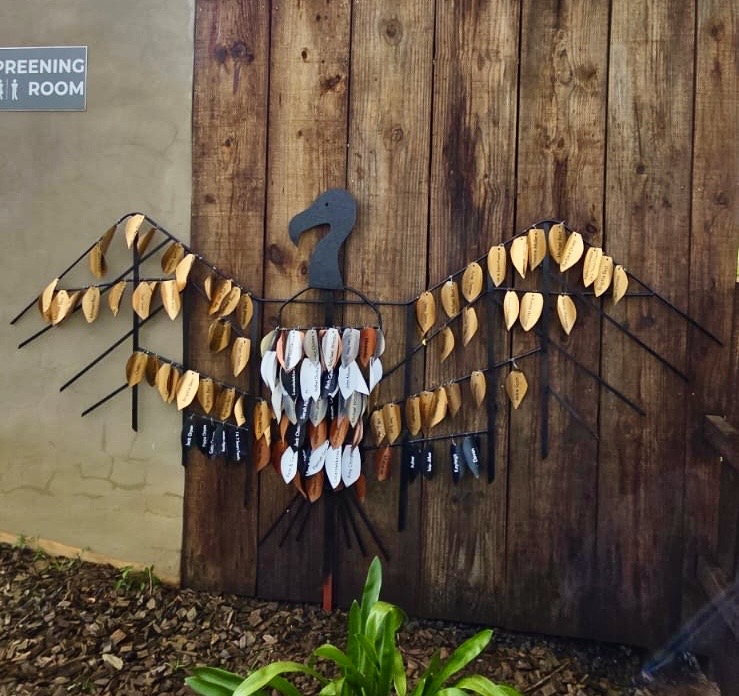What is a rhino midden?
Dung. ‘Midden’ is the name given to a dung heap or an area of communal defecation. Many animals make use of middens including white rhinos. A white rhino midden can be over an incredible three metres wide and you can often see them on the road side in National Parks.[caption id="attachment_3555" align="aligncenter" width="459"]

A white rhino midden next to a road in iMfolozi[/caption]
Why use a rhino midden?
Communication. Olfaction is the secret language of most animals. Olfaction means communication via odours. This can be from specialised scent marks, urine or dung. In this case, animals creating middens use dung to communicate. It provides a true and honest signal of health and status. For example, a male can discover if a female is ready to mate or subordinate males can tell that there is a dominant male close by. Middens can therefore act as a huge message board for all the white rhinos in the area.[caption id="attachment_3559" align="aligncenter" width="450"]

A White Rhino midden[/caption]
Who uses the midden?
Everyone. White rhinos of all ages and sex use the middens but only the dominant male in the area will defecate in the centre. You can see evidence of this as he is the only one who will kick his dung. He does this to spread his scent over all the others, it is also thought he will then leave a trail of his dung scent as he walks. Two defined foot scrape marks can easily be seen in middens visited by a dominant male.
What can I do?
Drive carefully! Middens aren’t only important for mammals; dung beetles are frequent visitors. Dung beetles lay their eggs in the dung so take care not to drive over middens or dung piles in the road when visiting national parks. Dung beetles are important to the ecosystem as their tunnelling activities aerate the soil and recycle nutrients and this increases the overall quality of the soil. Also, by breaking down dung they reduce habitat for parasites like fleas and ticks, therefore improving the health of animals using the midden. Be aware of dung beetles rolling their dung balls across roads, especially in the rainy season.



Written by guest blogger: Courtney Marneweck (University of KwaZulu-Natal, South Africa - researching white rhino communication)Follow Courtney on Twitter: @CourtneyMarne



.jpg)


.jpg)




